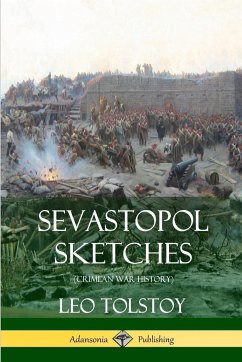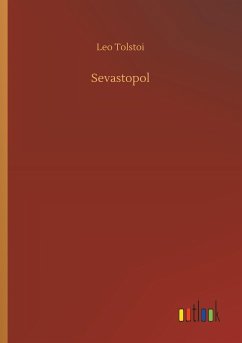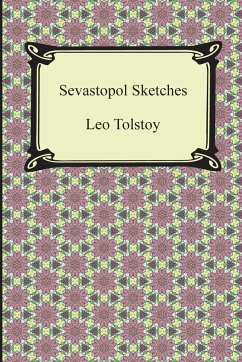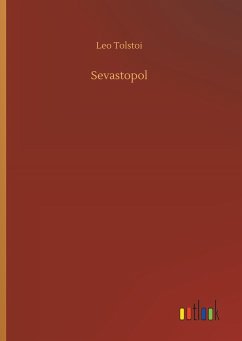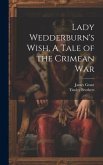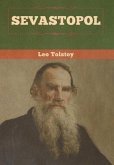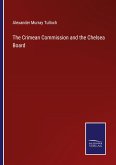In the Sevastopol Sketches, Leo Tolstoy evocatively recollects his experiences at the Siege of Sevastopol in 1854-1855, over the course of three short stories. Although the trio of tales which comprise the Sevastopol Sketches are ostensibly fictional and written in the second person, they accurately recall Tolstoy's experiences as a young man witnessing the Crimean War. All three possess philosophical overtones, with the overarching theme being a vilification of war as a wasteful, senseless and foolish expenditure of human life. The Sevastopol Sketches establish Tolstoy as a pacifist who considered war to be one of the most depraved and lamentable events characterizing mankind. Years after publishing these sketches, Tolstoy would draw upon the Siege of Sevastopol as a critical supplement to the narrative of his epic novel - War and Peace.
Bitte wählen Sie Ihr Anliegen aus.
Rechnungen
Retourenschein anfordern
Bestellstatus
Storno

